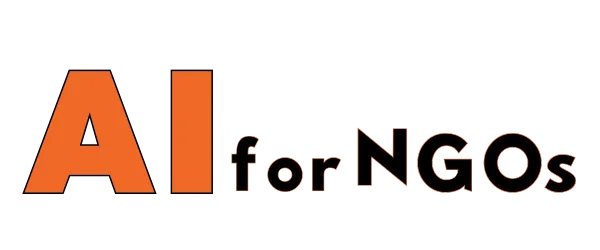In today’s digital age, data is everywhere. From social media posts to scientific research, data is collected and analyzed to uncover trends, patterns, and insights that can drive decision-making and inform policies. However, raw data alone can be overwhelming and difficult to interpret. That’s where data visualization comes in.
Data visualization is the graphical representation of data to communicate information clearly and efficiently. By transforming numbers into visual narratives, data visualization allows us to make sense of complex datasets and tell compelling stories that can drive social change.
The Power of Data Visualization
Data visualization is a powerful tool for social change because it has the ability to engage and mobilize people in ways that raw data cannot. Visual storytelling has the potential to evoke emotion, spark curiosity, and inspire action. When data is presented in a visually appealing and easy-to-understand format, it becomes accessible to a wider audience and can drive meaningful conversations and change.
For example, organizations like the World Health Organization use data visualization to track and communicate the spread of diseases like COVID-19. By mapping out the number of cases and deaths in different regions, data visualization helps policymakers and the public understand the impact of the pandemic and make informed decisions to curb its spread.
Data Visualization in Action
One powerful example of data visualization in action is the “6 Degrees of Francis Bacon” project. This interactive visualization maps out the social network of early modern England, showcasing the connections between historical figures like William Shakespeare and Queen Elizabeth I. By visualizing these networks, historians can uncover new insights into the social dynamics of the time period and how they influenced literary and political movements.
Similarly, data visualization has been used to shed light on social issues like income inequality, climate change, and racial disparities. By presenting data in visually engaging ways, organizations and activists can raise awareness about these issues and advocate for change.
Conclusion
Data visualization is a powerful tool for social change because it transforms numbers into narratives that can engage and mobilize people. By visualizing data in meaningful and impactful ways, we can uncover insights, inspire action, and drive positive change in our communities and society as a whole.
FAQs
What are the benefits of data visualization for social change?
Data visualization allows us to make sense of complex datasets, engage a wider audience, and drive meaningful conversations and change. It can help raise awareness about social issues, inspire action, and inform policies and decision-making.
How can I learn more about data visualization?
There are many online resources and courses available to learn more about data visualization, including tutorials, blogs, and books. You can also practice creating your own visualizations using tools like Tableau, Power BI, or D3.js.
What are some examples of successful data visualization projects for social change?
Projects like the “6 Degrees of Francis Bacon,” data visualizations of income inequality and climate change, and COVID-19 tracking dashboards are all examples of successful data visualization projects for social change. These projects have helped raise awareness, inform decision-making, and drive positive change in our society.









